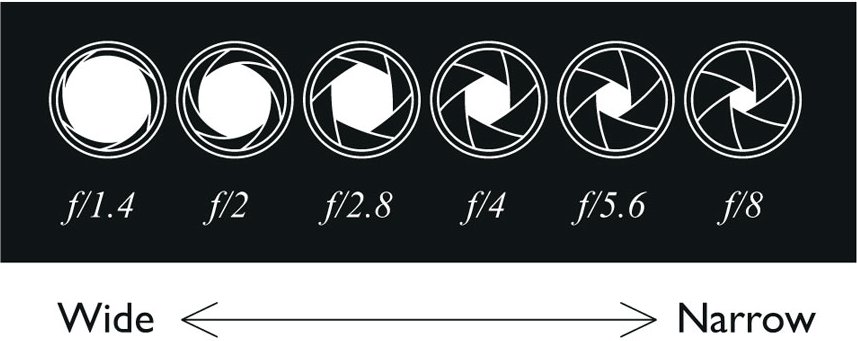

If you've got your zoom set at around 35mm, then it's perfectly reasonable that the lowest f stop you can get is f4.5.Īt the end of the day, you've got to accept that it's a kit lens - produced on a budget (but still perfectly useable!) - you're not going to get the large apertures that either the Nikon prime lenses (that have a fixed focal length) or the top of the range zooms have without spending a few bob.
Low f stop manual#
You can also be in control of your aperture in full manual mode but we will leave that discussion for another time.Īs you see, when you make conscious choices about your aperture settings it increases the amount of creative control you have as an artist.From memory, the 18-55mm kit lens that came with the D3200 had an aperture range of f3.5 to f5.6 - this means that the largest aperture (F3.5) is available at the 18mm end of the zoom range, but that as you zoom in, the maximum aperture decreases down to f5.6 at 55mm. When choosing aperture priority, your camera will automatically choose the correct shutter speed to create the correct exposure. When making this choice, YOU decide if you want to have a shallow depth of field with the blurry background (low number) or sharp background with the images in focus all the way from the front to the back (high number). At this point, you manually select your f-stop. How do you control your f-stop? You can elect to set your camera to aperture priority/av mode. The additional light "pouring in" will increase your shutter speed and may prevent you from needing a tripod. The second consideration when choosing your f-stop is how much light you will need to create the proper exposure? You may find that in low light situations when you are not using flash or additional light sources, you may need to "open up" your f-stop (use a lower number) to give you enough light for a proper exposure. (see my previous blog post to learn more about bokeh). This wide open f-stop is what creates the beautiful background blur or bokeh. (This will be a good choice for landscapes or photos of groups of people) On the other hand, a wide open aperture/f-stop of 1.8 or 2.8 has a shallow depth of field allowing for very little focus in front of and behind your subject. An image shot at f-11 or f-16 for example, will be sharp a good distance in front of your subject and behind your subject, from the front of the image all the way to the back. Depth of field is a creative element and controls how sharp the focus is in front of and behind your original point of focus. First of all, the size of the aperture controls the depth of field in your photos. Why is the f-stop important? Two important factors should be considered when thinking about your f-stop. Conversely, an aperture that is not open wide would be consered a small opening and would be f-8, f-11, f-16 and higher. The type of lens you are using will also determine how wide open you are able to shoot (generally, the better the lens the lower the available aperture or smaller the number). A wide open aperture would be considered an f-stop of 1.4, 1.8 or 2.8. Just to make it confusing, the larger the aperture opening the SMALLER the number. We need to decide how wide we would like the aperture to open and why. The wider the aperture opening, the more light will pass through the lens and hit your sensor. The aperture in your camera lens is one way in which you can control how much light reaches the sensor at the back of the camera when you push the shutter release button. Which f-stop you choose will determine how wide open your aperture will be and consequently will control your depth of field and amount of light entering your camera. I will give you a brief explanation of what aperture means and an overview of what elements are controlled by this setting in addition to how you can set your camera properly to achieve your desired results.

I am going to discuss one of these three elements, aperture or your f-stop, (which is the measurement of the aperture setting).

Chosen intentionally, they give you more creative control. There are three main tools photographers use to create proper exposure of their images: aperture, shutter speed and ISO. I have mentioned before that I am not a technical expert but hopefully I can explain it so the "average Jo" will be able to understand.


 0 kommentar(er)
0 kommentar(er)
